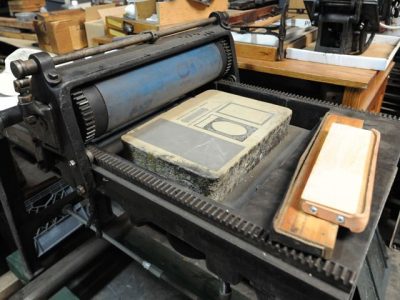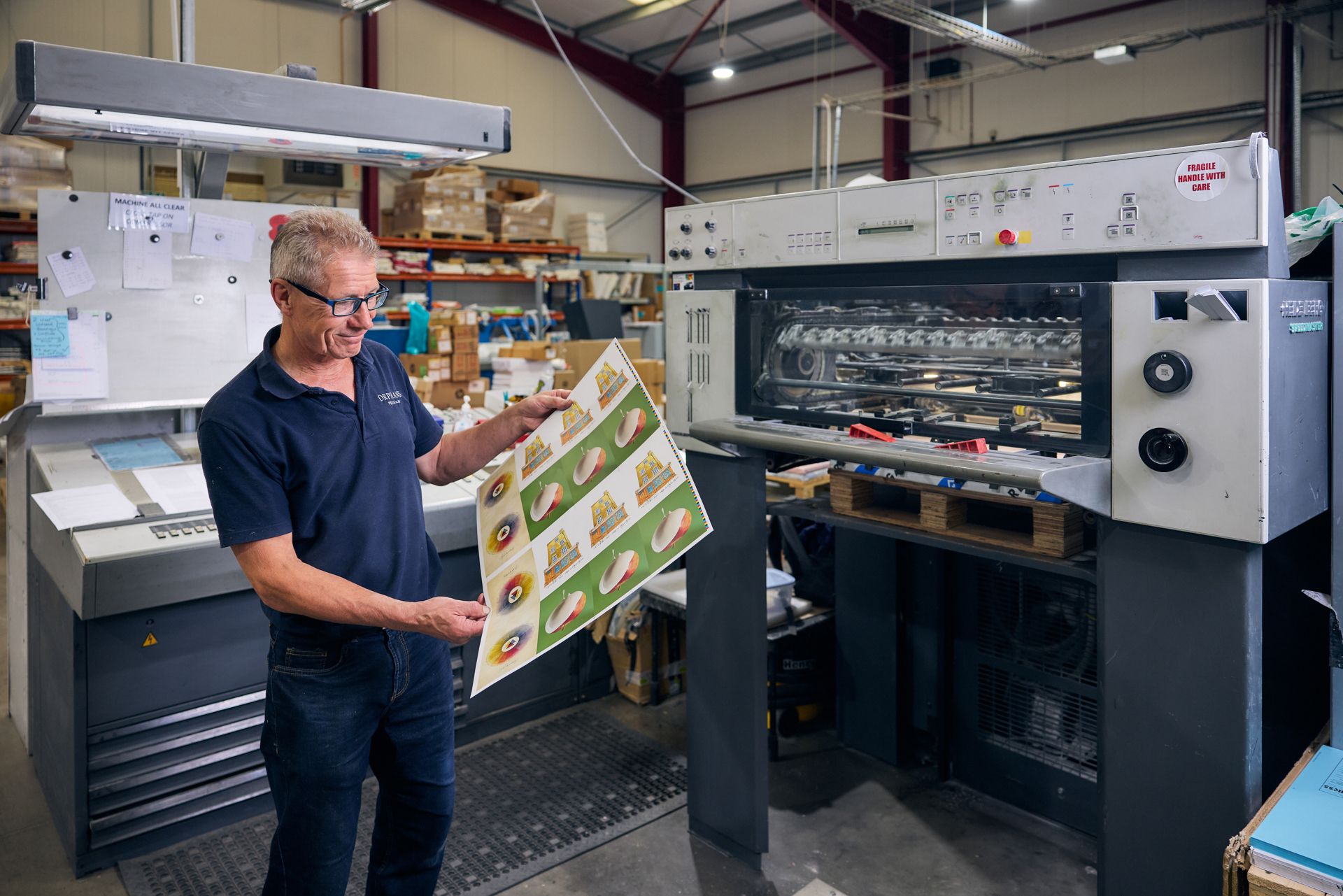Grow Your Brand with Top-Quality litho printing
Grow Your Brand with Top-Quality litho printing
Blog Article
A Comprehensive Guide to Understanding Litho Printing Methods
The globe of litho printing, a technique stemming from the late 18th century, is an interesting mix of background, advancement, art and scientific research. Stay with us as we trip into the captivating realm of litho printing.
The Historical Evolution of Litho Printing
The historic trajectory of litho printing, a critical advancement in the realm of communication, is an exciting story of human resourcefulness. Birthed in the late 18th century by Alois Senefelder, this method was originally an affordable technique of publishing staged jobs. Lithography, stemmed from the Greek words for 'rock' and 'to write', utilized a smooth rock surface to transfer photos onto paper. The process advanced with the arrival of the rotating press, which significantly increased efficiency (litho printing). In the 20th century, the innovation of countered lithography revolutionized the industry, enabling automation of top quality prints. Each phase of litho printing's development showcases humanity's relentless search of efficiency and quality in aesthetic interaction.
Translating the Scientific Research Behind Litho Printing Inks
Progressing in the exploration of litho printing methods, the emphasis currently changes to the scientific research behind litho printing inks. The composition of these inks, their drying process, and color mixing methods form the foundation of this complicated art type. Recognizing these elements is important to mastering the craft and attaining the wanted print results.
Composition of Litho Inks
In lithographic printing, the fundamental role of litho inks can not be overemphasized. The composition of litho inks differs relying on its objective, but typically, they are composed of 2 primary elements - pigments and cars. Pigments, the color-providing aspects, are finely ground particles suspended in the car, a fluid that brings the pigment onto the printing surface area. The vehicle is a complicated mix of resins, solvents, and oils, which influence the ink's drying time, adhesion, and gloss. In addition, numerous additives exist to improve particular buildings like circulation, drying, and resistance to ecological impacts. Each element plays an important component in the last print's high quality, making the accurate formula of litho inks an elaborate science.
Ink Drying Refine
From the make-up of litho inks, focus turns to the fascinating process of ink drying out. 2 key methods are made use of in litho printing: oxidative drying out and absorption. Absorption, on the other hand, involves the ink permeating right into the paper fibers, which is a quicker process however can lead to much less vibrant shades.
Color Combining Methods
While the drying process plays a crucial duty in litho printing, the science of shade mixing strategies holds equivalent significance. The science behind litho printing inks likewise takes into account the transparency of the ink, which impacts exactly how shades overlay and mix.
The Art and Layout Aspects in Litho Printing
Litho printing takes a breath life into art and style through its unique elements. Litho printing suits a selection of colors, making it possible for musicians to develop vibrant and lively prints. This combination of accuracy and flexibility makes litho printing a recommended selection for many artists and developers.
Modern Applications of Litho Printing Techniques
Litho printing strategies have actually discovered extensive usage in the modern-day industrial field. Its influence and significance proceed to expand with the development of new technologies and technologies in the area. This area will certainly check out these modern applications and the transformative function they play in the printing industry.
Business Litho Printing Utilizes
In today's digital age, one may question the relevance of conventional printing approaches. Yet, litho printing stays an important component of the industrial sector. High-volume printing jobs, such as the manufacturing of books, papers, and packaging, rely upon litho printing for its capacity to provide premium image high quality and expense effectiveness. The process, which includes moving a tattooed image from a plate onto a rubber covering and then to the printing surface, supplies unequaled consistency. This makes it excellent for tasks requiring a big print run. Litho printing additionally supplies a broad color range, above that of electronic printing. This makes it the best option for tasks that require lively, high-grade color reproduction.
Developments in Litho Printing
Pressing the limits of conventional strategies, modern-day innovations have fueled a host of developments in litho printing. These breakthroughs have not only improved the top quality and performance of litho prints yet likewise broadened its application scope. One prominent growth is electronic litho printing, which combines the virtues of digital modern technology with litho's high-grade outcome. This crossbreed design supplies faster configuration times, decreased waste, and enables on-demand printing. Another significant improvement is the intro of ecologically pleasant inks. These inks, made from vegetable or soy-based solutions, have significantly reduced the market's environmental influence. litho printing. In addition, the advancement of advanced plate technology has structured the printing procedure, causing sharper pictures and improved color fidelity. These developments emphasize the long-lasting importance of litho printing important link in the modern globe.
Exploring the Refine of Litho Printing: Detailed

Difficulties and Solutions in Contemporary Litho Printing

Regardless of the accuracy and custom that litho printing proudly maintains, it is not without its set of contemporary challenges. The most widespread problems consist of the high first setup cost, trouble in printing variable information, and environmental problems because of chemical usage. Options are emerging as modern technology evolves. Digital litho printing permits cost-effective websites brief runs and easy personalization, resolving the concern of variable data. Environmentally-friendly inks and much safer plate-making procedures reduce ecological worries. Furthermore, improvements in automation have decreased labor expenses, even more democratizing the lithography procedure. Hence, while there are difficulties, the litho printing industry is proactively adjusting to fulfill them head-on, ensuring its relevance in the future.
Final thought
In final thought, litho printing, with its abundant background and scientific complexities, holds a substantial area in the print market. The future of litho printing pivots on its capability to adapt to these altering needs, affirming its enduring value in a progressing market.

Report this page